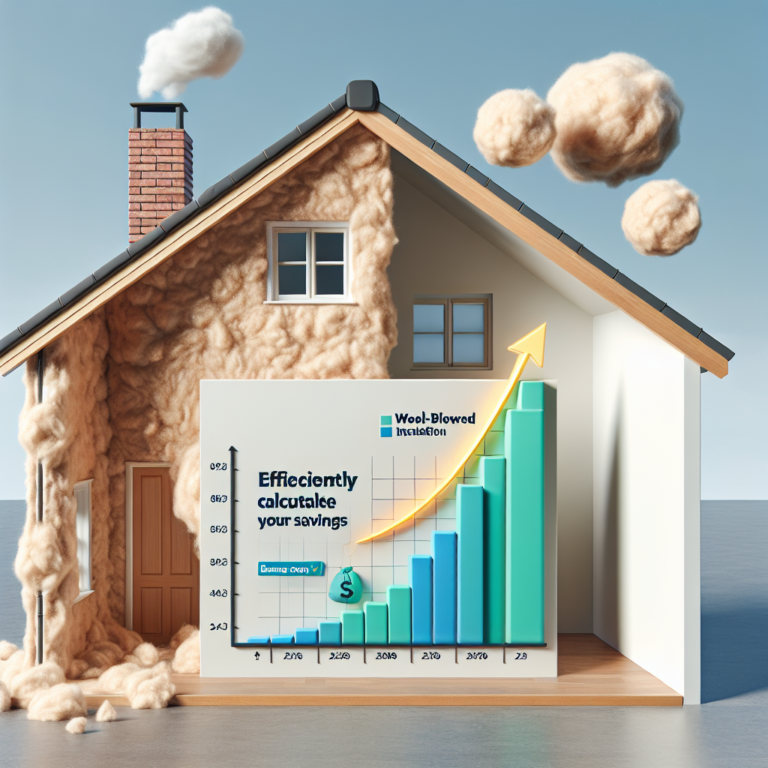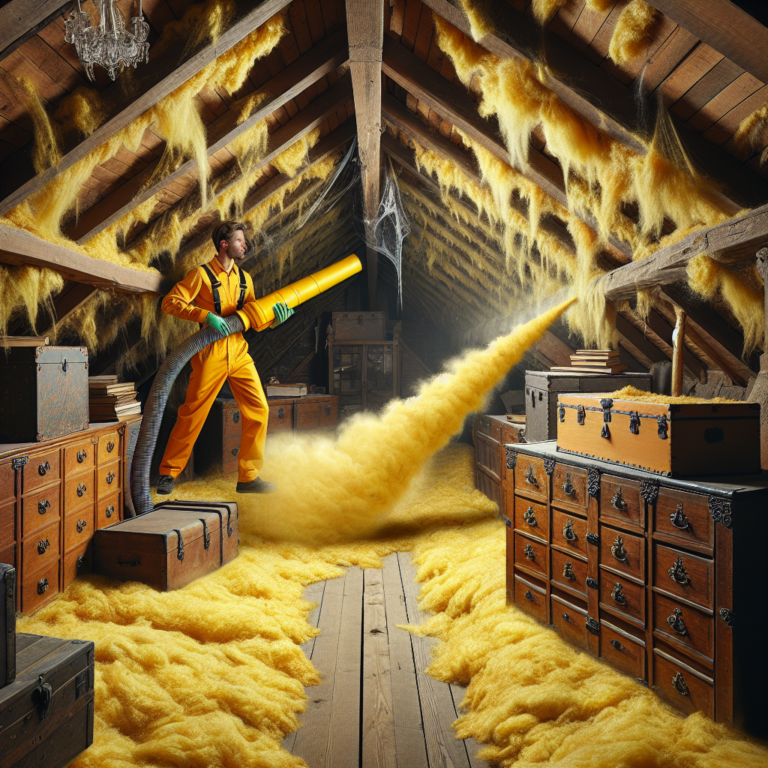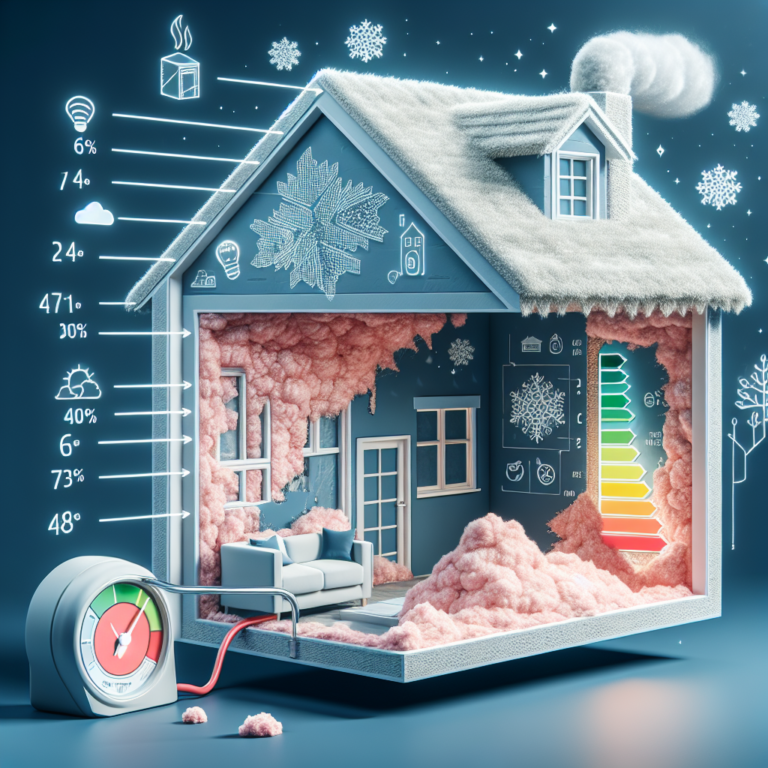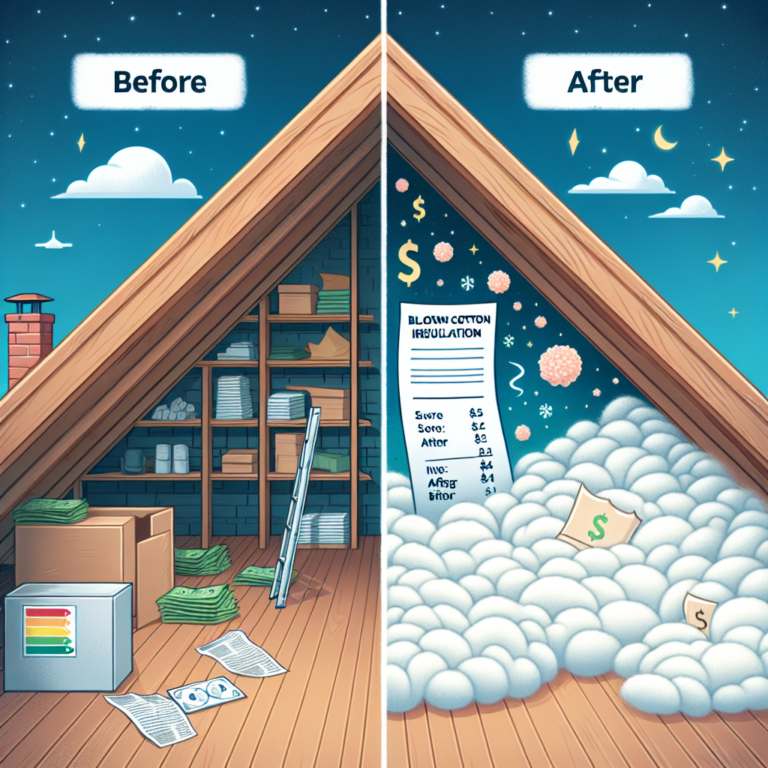Get a Precise Estimate for Blown In Insulation with Our Powerful Vacuum
Introduction
Upgrading your home’s insulation is one of the smartest investments you can make to lower energy bills and increase comfort. But before diving in, knowing exactly how much blown in insulation you need is crucial—and that’s where a blown in insulation vacuum shines. This specialized machine not only removes old or damaged insulation quickly and cleanly but also helps contractors calculate precise material requirements. In this article, we’ll show you why a blown in insulation vacuum is the key to efficient estimates and flawless installations.
Why Choose a Blown In Insulation Vacuum?
• Speed and Efficiency: Traditional removal methods—tearing out and bagging by hand—can take days. A powerful blown in insulation vacuum completes the same task in hours, thanks to high-powered suction that collects loose fibers directly into reusable filter bags.
• Cleaner Worksite: The vacuum’s closed-system design traps dust and debris, keeping airborne particles out of your living space. No more insulation fibers drifting through the house or settling on furniture.
• Thorough Removal: Even compacted cellulose or fiberglass in crawl spaces and hard-to-reach corners is lifted and contained, ensuring old material won’t compromise new insulation performance.
• Improved Indoor Air Quality: By removing allergens, mold spores and dust trapped in aging insulation, the vacuum creates a healthier environment before fresh insulation is installed.
How to Get an Accurate Estimate with a Blown In Insulation Vacuum
1. Initial Assessment: A qualified contractor inspects your attic or wall cavities, identifying damaged areas and measuring square footage. They’ll note any uneven coverage or settled insulation.
2. Vacuum Removal: The blown in insulation vacuum clears out existing material, revealing the true volume of empty space. This step eliminates guesswork and uncovers hidden nooks and crannies.
3. Volume Calculation: As the old insulation is collected, the contractor monitors the vacuum’s bag fill level or onboard sensor readings. These real-time measurements translate directly into cubic feet of material removed.
4. Material Requirement: With exact volume data, the contractor determines how many bags or rolls of new insulation you need to reach the desired R-value—no more overbuying or mid-project shortages.
5. Final Proposal: You receive a detailed estimate showing labor costs, insulation type, coverage area and total material amounts, ensuring transparent pricing and zero surprises.
Key Factors When Selecting Your Blown In Insulation Vacuum
• Suction Power (CFM and Waterlift): Higher cubic feet per minute (CFM) and greater waterlift ratings mean the vacuum can handle denser insulation types like wet or compacted cellulose.
• Collection Capacity: For larger homes, choose a machine with multiple filter bags or an integrated debris hopper to minimize downtime for emptying.
• Hose Length and Flexibility: Longer, lightweight hoses let technicians reach attic corners and wall cavities without dragging heavy equipment around.
• Portability and Weight: Compact units with wheels easily maneuver through tight access points and doorways.
• Power Source: Electric models are quieter and emit no fumes—ideal for enclosed spaces—while gasoline-powered vacuums offer unmatched portability on sites without easy access to outlets.
• Filter System and Maintenance: Multi-stage filters and disposable collection bags simplify cleanup; look for models with quick-release clamps and easy filter replacement to maximize uptime.
Frequently Asked Questions about Blown In Insulation Vacuum
Q: What types of insulation can a blown in insulation vacuum handle?
A: Most vacuums manage loose fiberglass, cellulose, rock wool and even spray-applied mineral wool. Always verify the model’s specifications to match your insulation type.
Q: Can I rent a blown in insulation vacuum for DIY projects?
A: Yes, many rental centers and home improvement stores offer these machines. However, proper training and protective gear are essential to avoid health hazards from airborne particles.
Q: How often should old insulation be removed?
A: If insulation is water-damaged, moldy, infested by pests or severely compacted, removal is recommended before installing new material. Otherwise, adding blown insulation atop existing, well-conditioned insulation may suffice.
Conclusion
A blown in insulation vacuum transforms insulation removal from a messy, unpredictable chore into a precise, streamlined process. By accurately measuring the volume of material removed, it enables spot-on estimates for new insulation—saving you money, time and headaches. Whether you’re a homeowner seeking an energy-efficient upgrade or a contractor aiming for flawless installations, leveraging a blown in insulation vacuum is the smartest way to ensure optimal insulation coverage and performance. Invest in precision today and enjoy a more comfortable, cost-effective home tomorrow.












